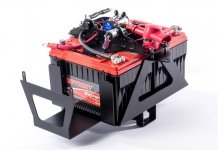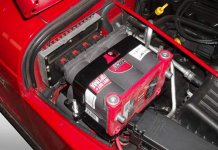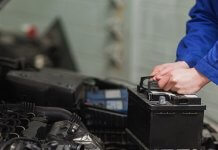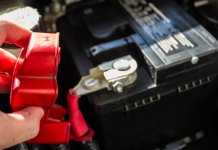Chemical composition</span></span></h3>e most popular activities in the world. It’s obvious because by using this kind of transport we can save a lot of time getting somewhere. People may drive for different reasons, as a hobby, for travel, for business, etc.</p>
Despite the fact a car is a useful and convenient kind of transport, it does require some work. Car owners have to take care of their vehicle and monitor the condition of various parts. There are many problems and difficulties that driver may face while using their car.</p>
</p>
What can be done right now?</strong></p>
- Check your car battery status;</li>
</li>
- Read our review of the battery courses:</li>
</ol>
- Battery recondition course</a></li>
- Military Battery Reconditioning System</a></li>
- </li></span></li></span></li></ul></li></ol></strong></div></span></span></h3></body></html>
LEAVE A REPLY
- Check your car battery status;</li> </li>
- Read our review of the battery courses:</li>
</ol>
- Battery recondition course</a></li>
- Military Battery Reconditioning System</a></li>
- </li></span></li></span></li></ul></li></ol></strong></div></span></span></h3></body></html>
- Military Battery Reconditioning System</a></li>
- Battery recondition course</a></li>








Hi! I could have sworn I’ve been to this site before but after
browsing through some of the post I realized it’s new to me.
Anyways, I’m definitely delighted I found it and I’ll be book-marking and checking back often!